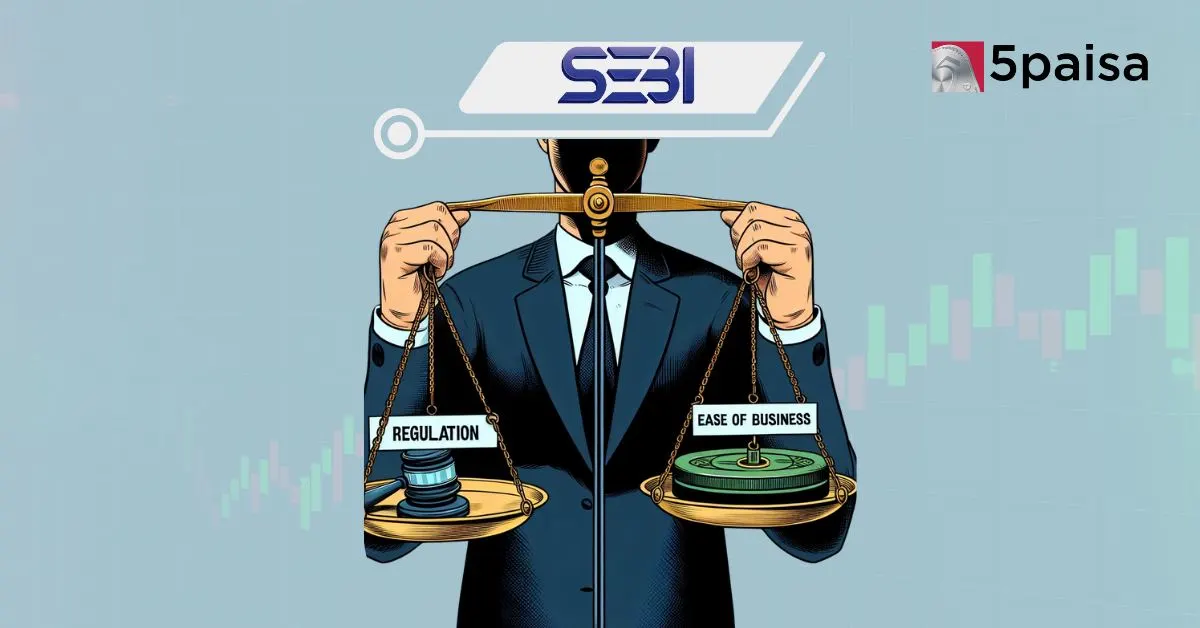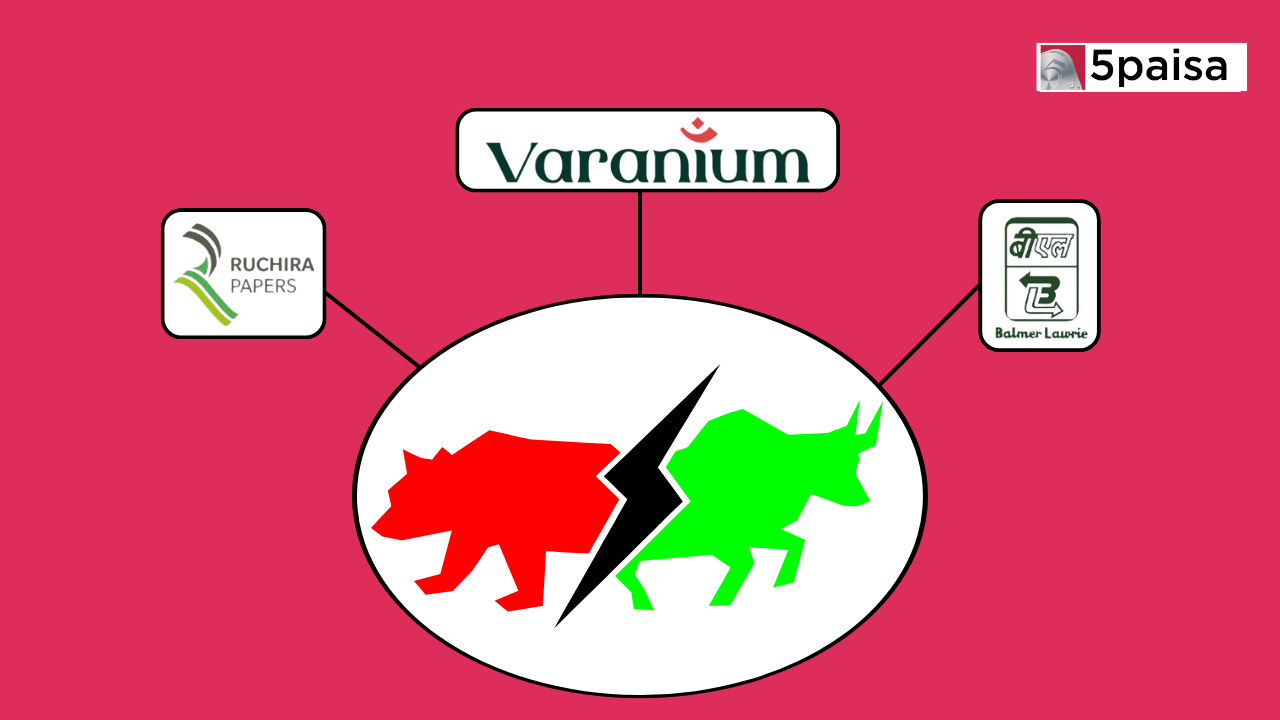iThe current values are delayed, open demat account for live values.
BSE 100
BSE 100 Performance
-
Open
24,525.63
-
High
24,959.49
-
Low
24,423.87
-
Prev Close
24,554.61
-
Dividend Yeild
1.17%
-
P/E
25.02

BSE 100 Sector Performance
Top Performing
| Sector Name | Percentage Change |
|---|---|
| Diamond, Gems and Jewellery | 1.48 |
| Leather | 0.5 |
| Ceramic Products | 0.88 |
| Healthcare | 0.24 |
Under Performing
| Sector Name | Percentage Change |
|---|---|
| IT - Hardware | -0.31 |
| Real Estate Investment Trusts | -0.16 |
| Paints/Varnish | -0.6 |
| Ship Building | -0.55 |
Color code for Stocks Performance
- 5% and above
- 5% to 2%
- 2% to 0.5%
- 0.5% to -0.5%
- -0.5% to -2%
- -2% to -5%
- -5% and below
Constituent Companies
| Company | Market Cap | Market Price | Volume | Sector |
|---|---|---|---|---|
| Asian Paints Ltd | ₹236888 Cr |
₹2469.65
(1.35%)
|
76297 | Paints/Varnish |
| Bajaj Holdings & Investment Ltd | ₹133140 Cr |
₹11930.05
(1.1%)
|
3149 | Finance |
| Bharat Forge Ltd | ₹51091 Cr |
₹1068.65
(0.82%)
|
37571 | Castings, Forgings & Fastners |
| Britannia Industries Ltd | ₹131347 Cr |
₹5448.25
(1.35%)
|
9989 | FMCG |
| Cipla Ltd | ₹122390 Cr |
₹1515.45
(0.86%)
|
39248 | Pharmaceuticals |
BSE 100
S&P BSE 100 index tracks the performance of the top 100 most liquid companies listed on the Bombay Stock Exchange (BSE). BSE 100 index includes the most actively traded large cap and mid cap stocks. BSE 100 index only considers shares that are available for trading on the market, excluding those held by a few individuals and not actively traded. The value of the index changes based on the share prices of these companies. Every six months, in June and December, the list of companies in the index is reviewed and updated to ensure it reflects the top 100 stocks with the highest liquidity. This helps keep the index representative of the most active companies on BSE.
What is the BSE 100 Index?
BSE 100 index, launched in 1989 as BSE National Index and renamed in 1999, tracks the performance of the top 100 most liquid companies listed on Bombay Stock Exchange (BSE). Representing about two thirds of the market cap on BSE, it includes mid cap and large cap stocks with their values adjusted for the shares available for trading. The index is updated twice a year in June and December and only includes stocks that are actively traded. Established in 1875, BSE is one of the largest stock exchanges in the world.
How is the BSE 100 Index Value Calculated?
BSE 100 index value is calculated using the following formula:
Index Value = Current Market Capitalization / (Base Market Capitalization * Base Index Value)
This method ensures that the index reflects real time performance based on the latest market movements. BSE 100 Index undergoes a bi-annual review in June and December. Where data from the last six months is analyzed.
If there are any changes in the constituent stocks, they are implemented on the last trading day of June and December, with the market being notified at least four weeks in advance. This process ensures that BSE 100 index remains relevant and accurately reflects the performance of the evolving BSE 100 Index.
BSE 100 Scrip Selection Criteria
Previously, BSE 100 Index was calculated using the full market capitalization method, which included all shares of a company whether actively traded or closely held. This meant the index considered both the shares available for trading and those not easily traded. In 2003 the method was updated to the float adjusted market capitalization approach. Now, only the shares that are readily available for trading are included in the calculation. This change was made to better reflect the actual market value and trading activity of the companies in the index. By focusing on shares that are actively traded, BSE 100 index provides a more accurate picture of market performance.
To be included in BSE 100 inde, stocks must meet several criteria. Stock should have been listed for at least 3 months. The company needs to be classified as either large cap or small cap. Additionally stocks must be highly liquid and should be traded on at least 95% of trading days over the past 3 months. The company’s revenue should come primarily from its core activities, and it should have an annual traded value of more than 10 million.
How does BSE 100 work?
BSE 100 Index tracks the performance of the top 100 most liquid companies listed on the Bombay Stock Exchange (BSE). It represents about two thirds of the total market capitalization of all BSE listed stocks. BSE 100 index includes mid cap and large cap stocks with their values adjusted for shares that are readily available for trading. Calculated using the float adjusted market capitalization method, it only considers the market value of shares actively traded and excludes closely held shares. The index value is updated based on changes in these stock prices and is reviewed bi annually in June and December to ensure it accurately reflects the market. This approach provides a snapshot of the market's performance and trends.
What are the Benefits of Investing in the BSE 100?
Investing in BSE 100 offers several benefits. It provides exposure to the top 100 most liquid and prominent companies listed on the Bombay Stock Exchange, representing a portion of the market's total value. This diversification across leading firms helps spread risk. The float adjusted market capitalization method ensures the index reflects the true market value by considering only shares actively traded. Additionally, the index is reviewed twice a year to keep it relevant so it consistently represents the market's performance. Investing in BSE 100 can be a good way to track overall market trends and benefit from the growth of leading companies in India.
What is the History of the BSE 100?
BSE 100 index was launched in 1989 by Bombay Stock Exchange to give investors a clear view of the Indian stock market. It began with a base value of 1,000 and has been updated several times to keep it accurate and relevant. Over the years, BSE 100 index has reflected various milestones and changes in the Indian economy and stock market including economic crises, technological advancements and new regulations. Despite these fluctuations BSE 100 has remained a reliable benchmark for investors. It plays a crucial role in market analysis, helping investors make decisions and assess the overall performance of the Indian capital market.
Other Indices
| Indices Name | Price | Price Change (% change) |
|---|---|---|
| India VIX | 15.4675 | -0.4 (-2.54%) |
| Nifty 10 Yr Benchmark G-Sec | 2559.65 | 3.69 (0.14%) |
| Nifty 10 Yr Benchmark G-Sec (Clean Price) | 913.85 | 1.16 (0.13%) |
| Nifty 100 | 24418.35 | 381.1 (1.59%) |
| Nifty 100 Alpha 30 Index | 16827.75 | 247.65 (1.49%) |
Faqs
How To Invest in BSE 100 Stocks?
You can choose to invest in all 100 stocks in the BSE 100 index individually or opt for a mutual fund that invests in these stocks. Investing through a mutual fund is often the better choice because it requires a smaller investment amount and offers greater diversification. This means your money is spread across all the stocks in the index, reducing the risk compared to buying each stock individually.
What are BSE 100 stocks?
S&P BSE 100 index features the top 100 companies based on their market capitalization. Companies are ranked according to their market value and the 100 with the highest market caps are chosen for the index. This selection process ensures that the index represents the largest and most valuable companies on Bombay Stock Exchange.
Can you trade shares on BSE 100?
Yes, you can trade shares of companies listed in BSE 100 Index through a Demat account. You can buy and sell these stocks during market hours like any other listed stock. Additionally, you can invest in mutual funds that are focused on BSE 100.
In which year was the BSE 100 Index launched?
BSE 100 index was first introduced in 1989 as BSE National Index. It was renamed the S&P BSE 100 index in 1999. Today, it covers nearly two thirds of the total market value of all stocks listed on Bombay Stock Exchange.
Can we buy BSE 100 and sell it tomorrow?
Yes, you can buy BSE 100 stocks and sell them the next day, following the BTST (Buy Today, Sell Tomorrow) strategy. This allows you to take advantage of short term price movements without waiting for the usual settlement period.
Latest News

- Apr 17, 2025
In his keynote speech at the CII Corporate Governance Summit held in Mumbai on April 17, 2025, Mr. Tuhin Kanta Pandey, Chairman of the Securities and Exchange Board of India (SEBI), underlined the importance of keeping a sound balance between strong market regulation and facilitating ease of doing business.

- Apr 17, 2025
In a momentous development for India's financial market, the chairman of the Securities and Exchange Board of India (SEBI), Tuhin Kanta Pandey, has once again promised that SEBI will try and resolve the issues that have been halting the IPO of the National Stock Exchange (NSE) for many years. Pandey stressed SEBI's commitment to putting public interest above commercial considerations at an industry event on Thursday.
Latest Blogs
Choosing the right Systematic Investment Plan (SIP) is one of the smartest ways to build long-term wealth, but with countless options available, how do you know which SIP is best for you? The right SIP plan aligns with your financial goals, risk appetite, and investment horizon while offering optimal returns.
- Apr 27, 2025

Investing in stocks that are undervalued, those which tend to trade lower than their intrinsic value, can have great prospects for growth for the investor. In the Indian markets, several stocks have currently been slotted into the undervalued category. This implies the possibility of making huge amounts in return. This article delves into some of the top undervalued stocks in India, supported by recent data and analyses in the market.
- Apr 21, 2025

